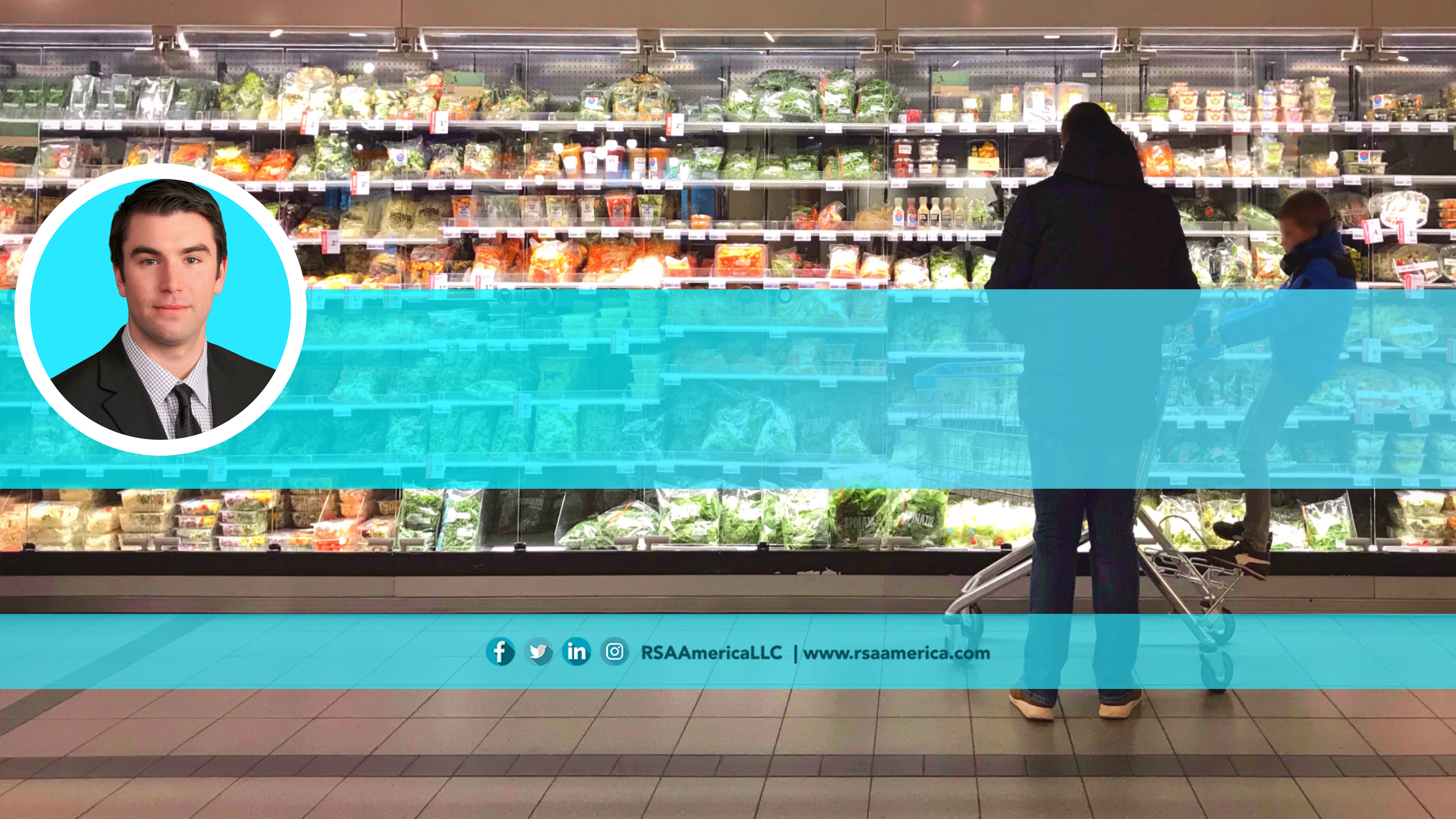The future of the grocery industry depends now more on grocers improving the shopping experience and digitizing their savings offers. Customers expect more services as they rely more on grocery and convenience stores. In 2022, grocers will be continuously working towards satisfying the requirements of their shoppers and communities.
Explore some insightful thoughts from our Chief Customer Officer Rob Belcore’s for grocers enhancing their shopper’s grocery shopping experience with flexibility, adaptability, and endurance.
- How has the grocery industry changed over the past two years?
Grocers experienced an increase in average baskets with fewer store visits during the pandemic, and many are now struggling to maintain those results. Grocers quickly adapted to meet the mandated requirements, make upgrades to the store, and offer new services while dealing with limited personnel and store hours. But, now the challenge moving forward is to expand on those initiatives that the customer is most likely to expect and figure out how to achieve the best ROI.
- What are your biggest concerns for the future of the industry?
During the last 20 – 24 months, consumer purchasing patterns had become less frequent while shoppers were limiting trips to the store. With the massive increase in government subsidies, there was, in many cases, an increase in EBT distribution in many stores. If we unpeel the risk factors that are evolving in the market, there is a potential disaster on the horizon.
As a merchandiser, you want people in your store as often as possible. The more they walk your store, the more they see, smell, and touch, leading to a higher increase in impulse buys. Every time they walk into a store, there is an opportunity to generate more sales than the customer planned on spending. We have lost multiple merchandising opportunities with this new shopping pattern. The value of a trip is higher than ever before due to the limited frequency. If we go back to 2018 – 2019, one of the most common issues we heard was, “My average basket is higher than ever, but my transaction count and sales are down.” Retailers who do not dynamically promote, and market these promotions effectively, saw many of their transactions disappear in the past. The lack of creating a value proposition outside of a 7-day ad led to this. Shoppers bombarded with limited-time deals at dozens of other retailers. Weekend deals at Dollar General, Free Friday deals at Kroger, massive chains have given reasons for customers to come to their store multiple times a week. When you look at your weekly promotional calendar, ask yourself, “What am I doing this week that would be for two trips to my store?”. A 7-day ad DOES NOT accomplish this.
The increase in government subsidies will not last forever. With EBT distributions at an all-time high for grocers, we need to invest intelligently in our business and price correctly. Where can we drive additional margin in our eligible food-stamp items to subsidize discounts on our non-food grocery items? Now is the time to promote these Dollar General/Wal-Mart dominated categories to our customers; if we do not, when the food stamps bottom out again (which they will), we will not have gained any cash sales, and our overall sales will plummet.
- Why are digital coupons proving to be an effective long-term marketing strategy for grocers?
Manufacturers initially lowered the number of coupons accessible to consumers. But, in 2021, due to the supply chain, they have found it to be the only effective means of really driving product differentiation as retailers were not comfortable running ads knowing they would run out of product. There is an increase in frequency with these offers, as paper coupons have disappeared that is going to continue.
The aggregate number of stores ACCEPTING DIGITAL COUPONS is the vast majority. However, while vendor-funded offers are in concept great for the grocer, they are deployed by the brands to benefit their brand. If a retailer relies on these offers to drive their sales, they will be very disappointed. One of the primary reasons digital MFR coupons alone don’t work is that they are designed to move customers from Brand A to Brand B, not to bring the customer from Store A to store B. No retailer should rely solely on digital manufacturer coupons. They are a tool of the MFR to drive their brand sales when a customer is already in a store.
Digital couponing from a store-level promotional strategy is critical to the long-term success of the grocer. The ability to dynamically promote and create value to drive foot traffic is the only way to defend against the terrific trend on customer frequency.
- When is the right time for independent grocers to invest in data analytics and artificial intelligence?
Now is the perfect time to start with a program that can assist the independent grocer with a couponing and loyalty mobile application. RSA America offers a robust platform that is easy for customers to navigate and allows grocers to create and implement a digital strategy. The RSA America team will educate grocers on combating these challenges by facing them daily.
- Lastly, what advice would you provide to striving Independent Grocers?
Today’s grocer must remain the ‘go-to’ place for grocery needs. Grocers must find the balance of managing the increasing demands of the shopper along with the current trends of shopper frequency, which is critical for their success. Having a mobile presence is imperative as we enter 2022. A seamless shopping strategy that incorporates couponing, online shopping and, loyalty will prove even more successful.
If you are an independent grocer enthusiastic about becoming a partner, have a free demo now. See how our AI and ML, based tips for data-driven marketing, grocery app engagement, digital couponing, and consumer analytics can help your store thrive.


